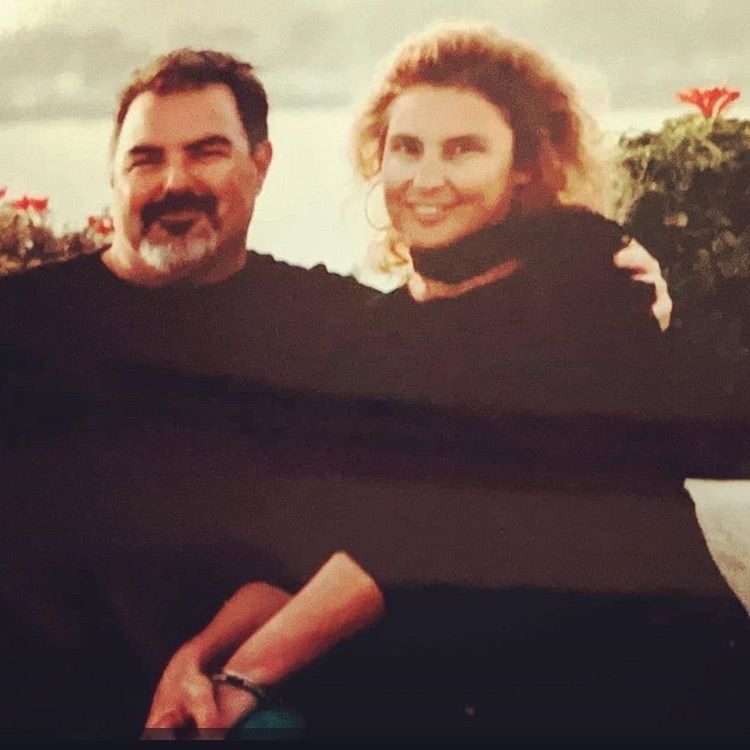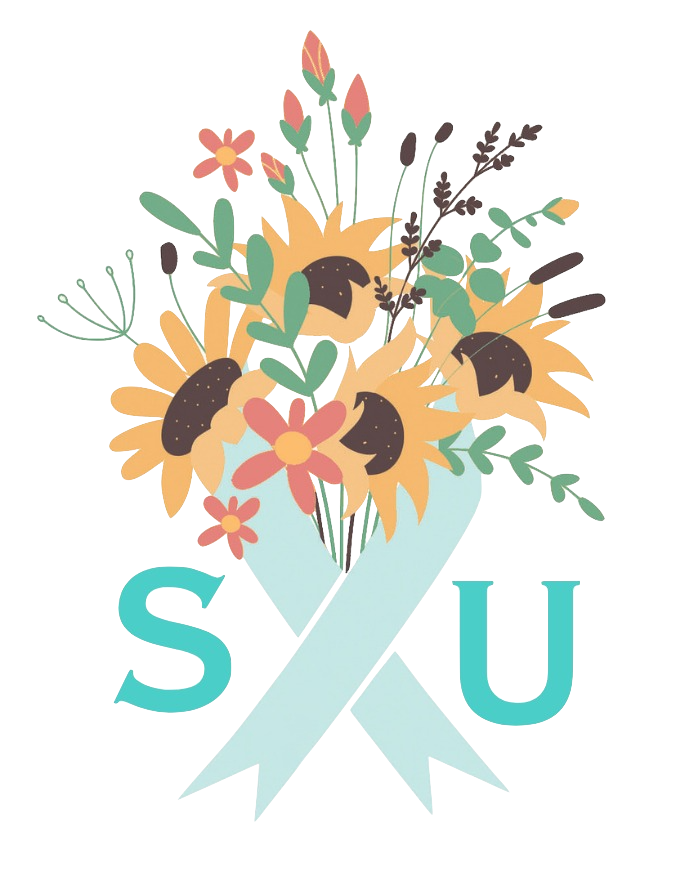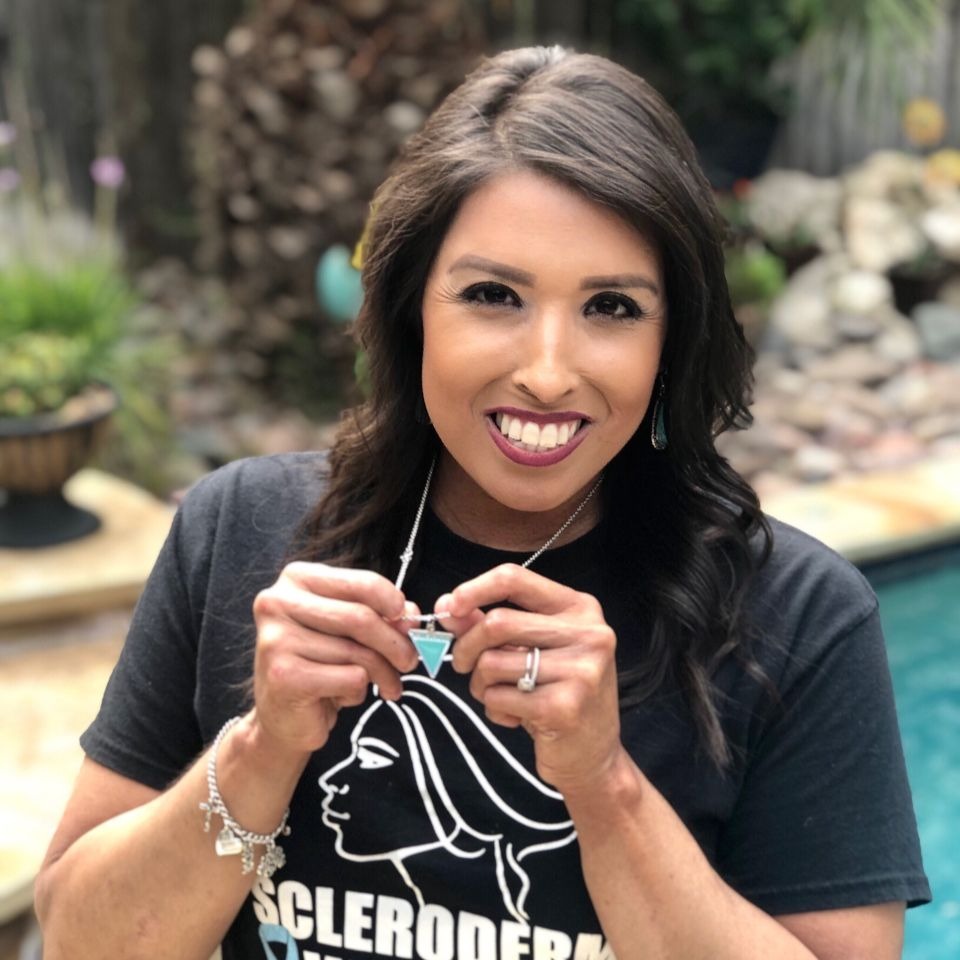Southern California (United States)
MICHELE BARILLA
Scleroderma Stories Issue 1

When were you diagnosed with scleroderma?
I knew I was “predisposed” to the CREST form of scleroderma for close to 15 years before my official diagnosis in October of 2017. Of course, the CREST form is now actually called limited cutaneous systemic sclerosis.
I seem to be progressing very slowly. I was optimistic that maybe I had been misdiagnosed but was told my optimism was denial in disguise.
What led to your diagnosis?
Originally from California, I moved to Utah in the late ’90s. Randomly, during some cold winter months, my hands started turning white and feeling numb. Freezer sections of the grocery store were awful, and I couldn’t feel my hands well enough to even hold onto items. My primary care doctor diagnosed me with Raynaud’s – oftentimes an earlyonset symptom.
At the time, my husband and I had also been trying to start a family. Looking into in vitro fertilization, I found a doctor in Los Angeles who gave me a list of tests he wanted to run while still in Utah. With the results, he said I was a candidate as it appeared my pregnancy problems were due to that fact that I had an autoimmune condition. This occurred around 2001.
He also sent me to a rheumatologist who observed the markers for what was then still called CREST; although, at the time, I really only had the one symptom (Raynaud’s). As a reminder, CREST stands for Calcinosis, Raynaud’s, Esophageal dysmotility, Sclerodactyly, Telangiectasia.
The rheumatologist also recommended that I leave a cold climate, so I told my husband, “Doctor’s orders – gotta move home to California and start IVF with the doctor in Los Angeles!”
How was the IVF process?
When I moved back to California, our IVF had a tumultuous start. We had no sign of success until my second semester! All the while, I was being told, “You’re most likely going to miscarry, so we’ll just keep an eye on you.” Even though eight fertilized eggs were implanted, we had ONE show signs of viability at around 15 weeks! Never did I experience morning sickness or any other telltale sign. We had ourselves a fighter.
He was born in June of 2003, and even that wasn’t without drama. I was a couple of weeks overdue and being seen every day to monitor. Again, never feeling a contraction, etc. On a Friday in June, the doctors told me to come back on Monday. I simply did not feel I could wait that long to get my next monitoring. A girlfriend/doctor reminded me to follow my maternal instincts and require that I get admitted that night. My doctors agreed and scheduled inducing for Saturday morning.
I had a room full of friends and family in my hospital room on Friday night when a nurse came in calm but hurriedly had everyone leave. She then told my husband and me that the instruments were showing I was having contractions and that my chord was tightly wrapped around my baby. She said that if I experienced even one more contraction, I’d be giving birth to a stillborn. So, Friday night – Friday the 13th, 2003 – our little fighter was born via C-section!
Fast forward a few years to his ten-year wellness appointment with the same doctor that had seen him since birth. She “heard” something faint, yet unusual, with my son’s heart and sent us to a pediatric cardiologist.
The cardiologist didn’t seem concerned but said “your doctor is requesting pictures, so let’s go do an echocardiogram.” Minutes later, I was told my kid needed open-heart surgery to repair a giant hole that had been there since birth! Again, he had zero symptoms. It was basically a ticking time bomb. His first surgery actually happened at 11 years old. At the one-year follow-up appointment, we were told he needed another one. His second open heart surgery was at 13 years old. Now, he’s 16 and appears to not require any additional open-heart surgeries. But, obviously, he will be monitored for the rest of his life.
How did your scleroderma progress during this time?
During the two surgeries, I developed “frozen shoulder” – on the left side during one open-heart surgery season and then on the right side during the other. I didn’t put it together at the time, but I think my body was finding a way to exhibit and release the stress I was experiencing. Joint issues (especially frozen shoulder) are fairly common for those of us with scleroderma or other fibrotic diseases.
I was officially diagnosed with limited cutaneous systemic scleroderma when my kid was 14, and I completely believe mine was triggered by stress. Of course, you have to have the predisposition for it, which I had known I had. Since then I have developed the “T” and the “E” as well as the “R” and GI issues.
How has this disease affected you?
As I mentioned earlier, mine appears to be very slow-progressing, and I almost feel guilty for being asked my experience and for claiming it in the first place. BUT we don’t all experience this disease the same way, so I am actually happy to share my story.
I believe I spent much of the last two years waiting for awful symptoms to take over and have robbed myself of continued joy and love – especially with our kiddo being 16 and soon off to “adulting!”
As of right now, I am feeling good and trying to manage my stress. Reading, starting a bit of running, and eating a keto/carnivore diet is all helping.
What advice do you have for those with scleroderma or other chronic illnesses?
1. Deal with whatever symptoms you actually have. I’ve wasted a lot of time worrying about what might start happening to me or reading a lot into innocent aches & pains, etc.
2. Do all you can to empower yourself, whether that’s reading about your condition, finding support groups, or changing your diet (and I don’t think the same diet tweaks work the same for everyone). Keep moving as best you can and allow yourself to rest when needed.
3. Stay consistent with doctor follow-ups.
4. Keep your sense of humor!
Be sure to follow us on Instagram and Facebook (@sclerounited) to see more scleroderma warriors’ journeys in our weekly Sclero Sunday series.
Are you a scleroderma warrior? We’d love to interview you for Scleroderma Stories! Please visit tinyurl.com/share-my-sclero-story or email us at contact@sclerounited.us



